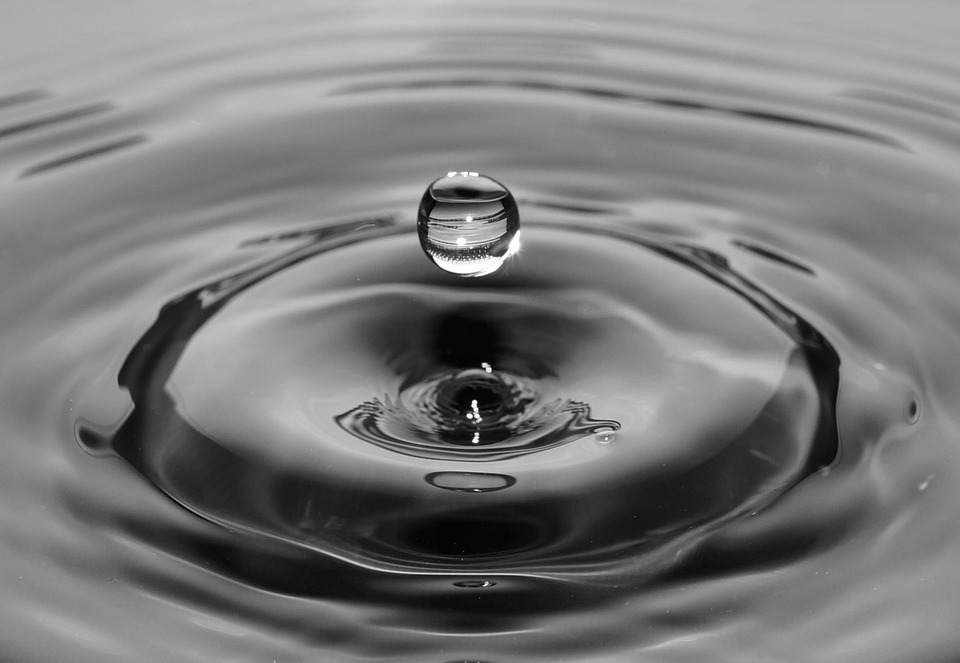
mindfulness: calming your worried mind
Nina was 27 years old, an Argentinian student reading engineering at Newcastle University. Her smile-radiant and enchanting- bellied her perpetual toe tapping and squeezing of her hands and fingers. “You see” she said “I’m worried, worried all the time” then she fidgeted in her seat. “Nina, I wonder, can I ask what it is you are worried about?” I replied. She stared into the middle distance, then looked straight at me. “Nothing, I’m just worried all the time. I’m worn out by it, I’m so-so sensitive about things. At least that what people tell me, the tell me not to be so sensitive Nina but I’ve always been like this. My while life. Well, all the time I can remember anyway…” her voice trailed off.
Anxiety about “nothing” or generalised anxiety disorder (known as GAD) is a common condition, estimated to affect up to 5% of the UK population. The NHS says “People with GAD feel anxious most days and often struggle to remember the last time they felt relaxed. As soon as one anxious thought is resolved, another may appear about a different issue”. There is also serious research that strongly suggests we are becoming more anxious as a Nation, with low but chronic threats filling our inboxes and our lives.
Nina had become low and often isolated in her anxiety, which in turn had become socially isolating, robbing her of a network of support she desperately needed.
She paused and looked at me. I said “where is anxiety?” The question can often discombobulate folk a little, since it’s not a question we get asked a lot. Most people are asked what they are anxious about, yet in my experience this is often a fruitless question around GAD; the anxiety is global. So I invite folk to inquire into where the anxiety is and what it’s like, a sort of mindfulness of anxiety, if you like.
Nina put her hands over her body, her right hand gently landing on her chest. “Here” she simply said. Where you feel or experience anxiety shifts the therapeutic inquiry from a purely cognitive and quite heady inquiry into a somatic one. Nina paused once, twice, as if she was checking to make sure she was feeling what she was feeling. “Here and here…like a knot, also in my belly, tight, twitchy feelings…and my hands clammy wet, as if all over energy”
I asked Nina if she would like to bring a mindfulness practice to her anxiety and she said yes.
We brought a mindfulness of breathing exercise to her stomach, inviting and allowing her to touch deeply and over time her feelings, bringing the outbreath to the knotty feelings. Then we did this with her chest and hands. The whole practice took around 30 minutes, and we kept pausing to check in on the experience.
Mindfulness of breathing with Nina was bringing a deliberate attention to anxious areas of her body with an open, non-judgmental sense of soothing. Nina was used to supressing or fighting her anxieties but now she was actually soothing and beginning to befriend them. The astonishing thing is that when we calm the body, the mind follows. Nina asked if we could calm her mind the same way we calmed her body, then her eyes widened: “worry gone!” she said.
NHS website http://www.nhs.uk/conditions/anxiety/pages/introduction.aspx
We are becoming more anxious https://thepsychologist.bps.org.uk/volume-21/edition-12/examination-stress-and-test-anxiety










